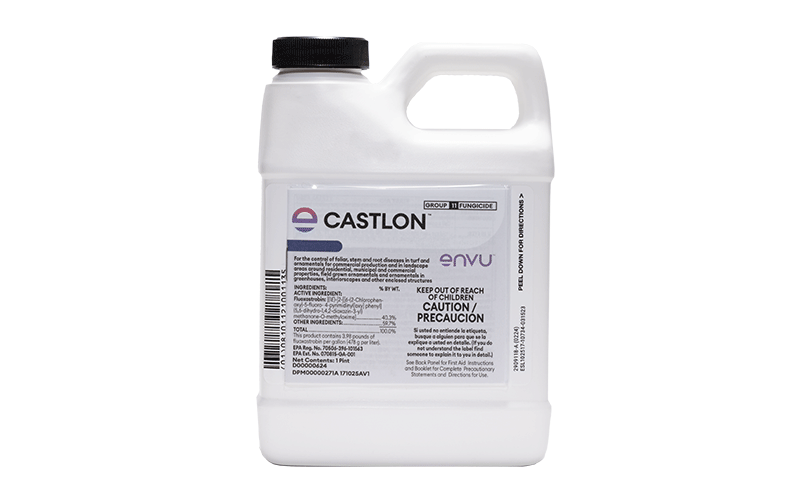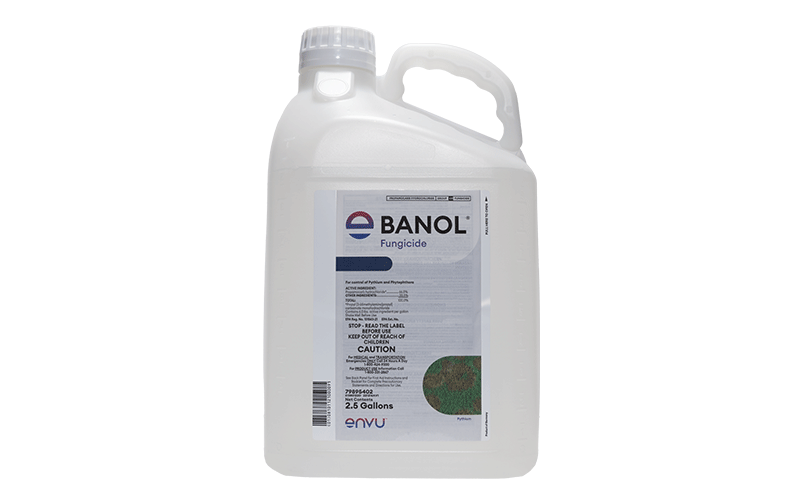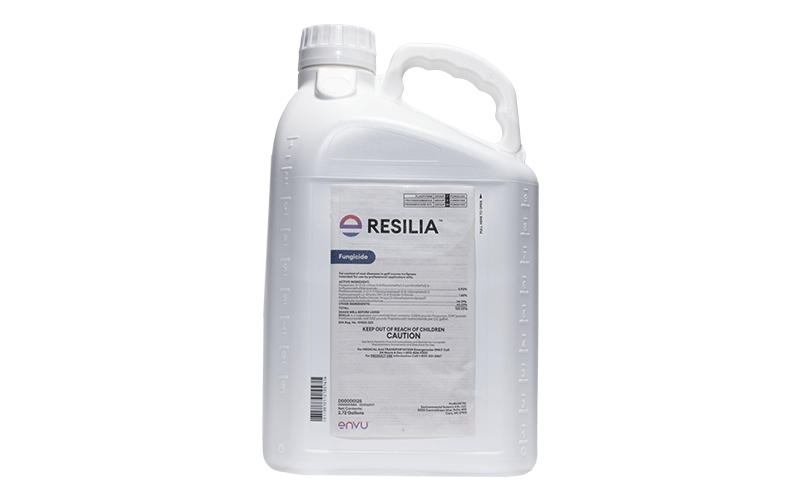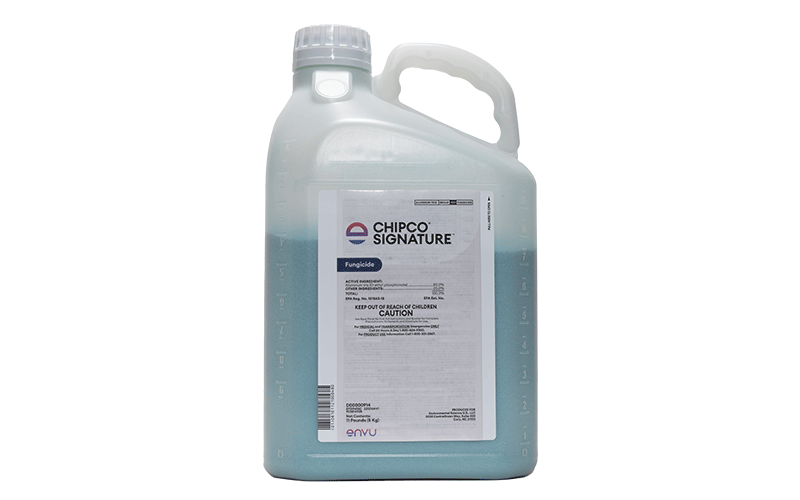The Problem
Pythium root rot (PRR) is becoming a major problem on putting greens, and can be caused by over 20 different Pythium species that vary widely with host, geography and optimum temperature for infection and pathogenicity. Pythium root rot is regularly diagnosed on cool-season turf in mid-summer during periods of extended rainfall and high heat, especially in the transition zone. It can also be a problem in water-logged soils in the spring or during periods of slower growth due to cooler temperatures. Pythium root rot is also problematic on slow-growing greens during overly wet months of winter and spring in the Pacific Northwest. Pythium root rot is a complex disease that is difficult to adequately describe and as a result, may be commonly misidentified resulting in poor control recommendations because Pythium-specific fungicides are required.
Biology
Pythium root rot is damaging during periods of slow growth and saturated soils. It tends to be a chronic disease requiring weeks to months of infection in order for symptoms to develop. Infection will depend on species, but damage is most severe at higher temperatures. Warmer soils require shorter periods of soil saturation for infection and damage. Pythium root rot often occurs in the transition zone on relatively well-drained putting greens, so the required periods of soil saturation may be shorter than expected. University specialists agree that PRR starts infecting cool-season turfgrass in the spring at 2" soil temps of 60°F, but symptoms may not be present until warmer soils and extended saturation occur. Periods of plant wilt or heat stress following extended saturated soils can quickly aggravate symptoms, especially when soil temperatures are 70-80°F. Conversely, in the Pacific Northwest, PRR can infect and cause substantial damage with long-term saturated soils and soil temperatures of 40-50°F. University specialists also agree that younger creeping bentgrass putting greens diagnosed with Pythium root dysfunction (P. volutum) will often develop PRR as the greens mature.
What To Look For
During periods of saturated conditions and slow growth from stressful growing conditions (hot or cool temperatures), affected turf can show irregular chlorotic, yellow to orange patches or streaks, or thinned areas of turf. No foliar mycelium is visible, but roots may appear water-soaked and rotted or show a significant reduction in mass or root hair production. Superintendents suspecting PRR should send samples from the perimeter of both damaged areas and healthy areas to university labs for preliminary diagnosis. However, Pythium can be found in almost all turf soils so an accurate and definite diagnosis is difficult. Experienced turfgrass diagnosticians have learned that PRR is likely a causal agent when the youngest roots are infected and root hairs are absent on all roots. Usually when Pythium oospores or sporangia are found in the youngest, 2 to 3 week old roots, diagnosticians can confirm PRR as the primary disease. The complexity of the multiple causal Pythium species compounded by the variable environmental conditions where it can be damaging make it a difficult disease to diagnose except by the most experienced university turfgrass disease diagnosticians.
The Solution
Cultural Control
Pythium belongs to a group of fungal-like organisms known as “water molds,” so saturated conditions are required for infection and damage by PRR. Improving water movement through reducing thatch and organic matter in sand profiles of greens is important and can be done with regular aerification and/or frequent topdressing. Aerification throughout the year with the appropriate hollow or solid tines is critical for maximizing water movement through any soil profile. Maintain light frequent top-dressing throughout the year including the summer, but preferably limit the rate to only what can be watered-in. Using moisture meters to accurately apply the minimum required irrigation is also important for minimizing PRR, especially during periods of slow growth. Improving drainage through installation of new drain lines will also help reduce PRR. Like with all stresses on greens, raising the mowing height, replacing grooved rollers with smooth rollers on the mowing units, and skipping mowing in favor of lightweight rolling will help maintain plant health and reduce symptoms of PRR. Finally, if PRR is suspected or diagnosed, help minimize damage by avoiding moisture stress, traffic or mechanical stress.
Preventative Control
Once diagnosed in a specific turf area, PRR will likely be a perennial problem unless renovation or other invasive measures are taken. Where PRR has been previously diagnosed, university specialists agree that a preventative fungicide program designed for PRR is far more effective than occasional applications prior to forecast wet weather. In areas where PRR is a chronic summer problem, preventative fungicide applications should start when 2" soil temperatures reach 60°F in the spring. Early applications should be made in 1.5-2.0 gal. water/1,000 sq. ft., watered-in with 0.1" of water, and made on 3 to 4 week intervals until summer heat increases. Reduce application frequency to two-week intervals through the heat of the summer and return to 3 to 4 week intervals in the fall when soil temperatures cool. Since mid-summer rooting depth and volume tend to be minimal, watering-in fungicides targeted for PRR is not recommended by university specialists during the summer for fear of moving the fungicide down and away from potential root absorption. Preventative applications for PRR in the Pacific Northwest should start later in the fall when growth slows and rainy conditions persist. Spray schedules of PRR in the Pacific Northwest should be timed on 14 to 28 day intervals to coincide with applications for Microdochium patch.
Envu products for PRR include Insert Chipco® Signature™, Signature XTRA Stressgard®, and Banol®, but it is important to rotate different modes of action in order to limit the development of fungicide resistance and because fungicide may differ in their ability to control the numerous Pythium species responsible for root rot.
Curative Control
Though preventative control is always more effective than curative control, curative control may be needed during unusual weather conditions or the first time PRR is diagnosed on a golf course. Applications should begin immediately when symptoms are noticed and should be applied in 1.5-2.0 gal. water/1,000 sq. ft. University specialists recommend Terrazole® (etridiazole) at 4 oz./1,000 sq. ft. watered-in for the initial application followed 3 to 5 days later with Segway® at 0.9 oz./1,000 sq. ft. (not watered-in). Banol at 2 fl. oz./1,000 sq. ft. plus Signature XTRA Stressgard at 4 oz./1,000 sq. ft. should be applied 14 days later (not watered-in) and then a preventative program can be used.






